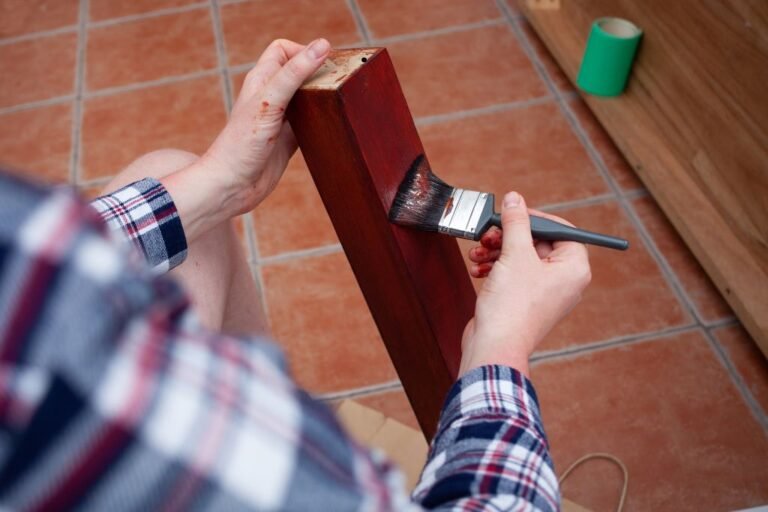Dear friends, Painting furniture can transform old or plain pieces into stunning focal points. But getting a smooth, professional finish requires the right steps and tools. Here’s a guide to help you achieve flawless results.
Step 1: Choose the Right Paint and Tools

Select high-quality paint designed for furniture, such as latex, chalk, or acrylic paint. You’ll also need brushes, rollers, sandpaper, a primer, and a drop cloth. A foam roller works best for smooth surfaces, while angled brushes are great for corners and details.
Step 2: Prepare the Furniture

Clean the furniture thoroughly to remove dirt, grease, or old wax. Use a mild detergent and water, then let it dry completely. If the piece has an old finish, lightly sand it with medium-grit sandpaper to create a surface the paint can grip. Wipe away dust with a damp cloth.
Step 3: Apply Primer

Priming is essential for a smooth finish. Use a primer that matches your paint type. Apply it evenly with a brush or roller, covering the entire surface. Let the primer dry completely before moving to the next step.
Step 4: Sand the Surface Again

Once the primer is dry, sand it lightly with fine-grit sandpaper. This step smooths out imperfections and prepares the surface for paint. Wipe away the dust with a tack cloth to keep the surface clean.
Step 5: Start Painting
Apply the first coat of paint with a brush or roller. Use long, even strokes and avoid overloading your brush. For detailed areas, use a small, angled brush. Allow the first coat to dry according to the paint’s instructions.
Step 6: Sand Between Coats
For an ultra-smooth finish, lightly sand the surface between coats of paint using fine-grit sandpaper. This step removes any brush marks or uneven spots. Wipe away the dust before applying the next coat.
Step 7: Apply Additional Coats
Repeat the painting and sanding process until you achieve the desired coverage. Most projects require two to three coats. Let each coat dry fully before adding the next.
Step 8: Seal the Finish
To protect your hard work, apply a clear topcoat or sealer. Choose a finish that matches your style, such as matte, satin, or glossy. Use a clean brush or roller for an even application. Allow the sealer to dry completely before using the furniture.
Tips for Success
- Work in a well-ventilated area to ensure proper drying and reduce fumes.
- Avoid painting in humid or dusty environments, as this can affect the finish.
- Use a light hand when sanding to prevent removing too much paint or primer.
- Patience is key. Let each layer dry completely to avoid smudges or streaks.
Painting furniture to achieve a smooth finish doesn’t have to be difficult. With the right preparation and techniques, you can create pieces that look professionally done. Start with a small project, and soon you’ll feel confident enough to tackle larger furniture transformations.

My name is David from Houston, Texas (USA) I’ve spent the last 10 years working with some of the biggest furniture brands in the United States. I’ve helped thousands of customers and learned what makes furniture strong, stylish, and worth your money.
